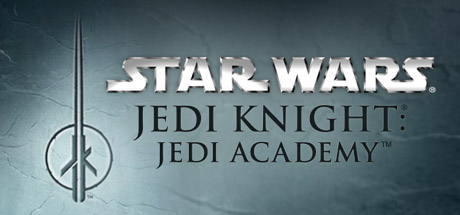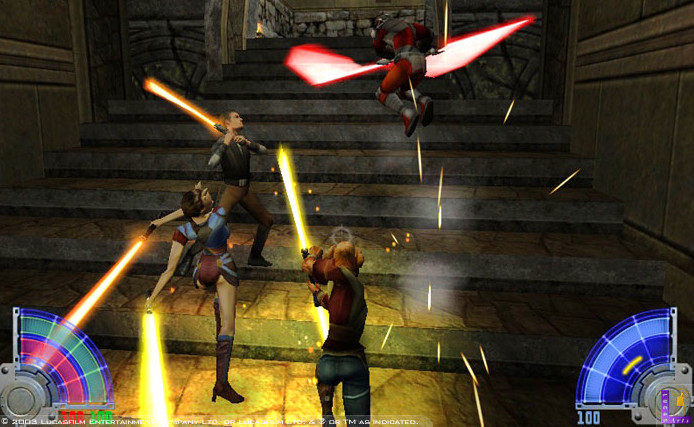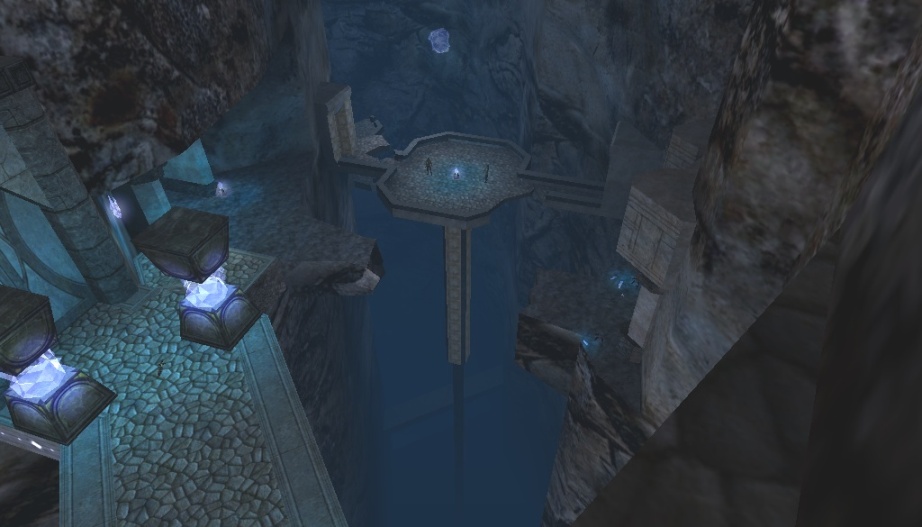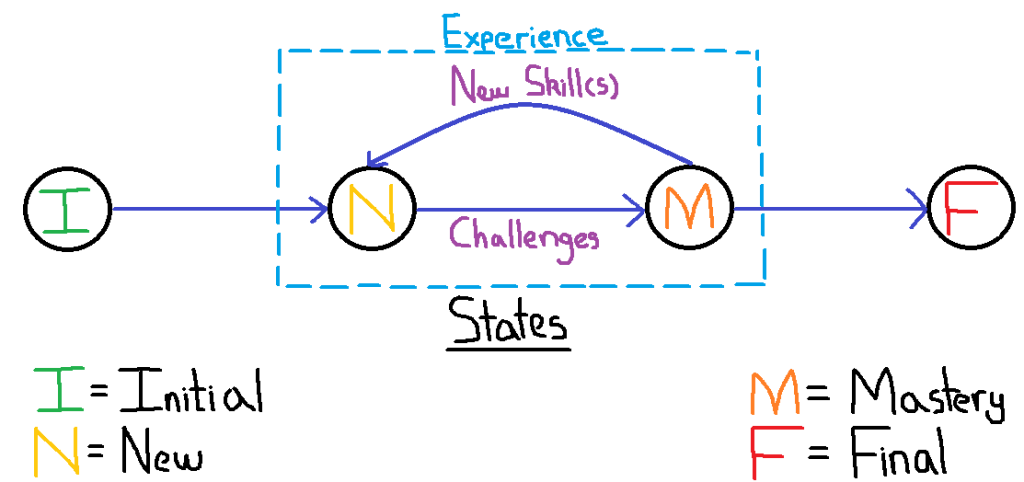Recently Humble Bundle had on offer a Star Wars Bundle which included an awesome entry from the Star Wars’s Jedi Knight: Jedi Academy.
I’d bought a physical copy of Jedi Academy years ago, and the memory of it was so endearing I thought I’d give it another play. This time with the difficulty set to max, and an eye open on elements of its design.
Technicals and AI
For its time the game sported a top notch physics engine which today still holds up well with:
- Jump behaviors depending on surface angles, resulting in different kinds of flips, and acrobatics.
- Handling of forces applied to characters (whether stationary or moving) and projectiles.
- A Multiplayer feature.
- Exceptional light saber combat, including:
- Automatic attempts at reflecting blaster fire.
- Player movement sensitive light saber swings.
- Multiple light saber styles.
- Dual or double blade wielding options.
- Dynamic light saber throws.
- Employing inverse kinematics, as can be seen by feet adjustment when standing on platforms of different levels.
- A slow motion feature triggered by performing correct/notable actions. It is one way the technical system serves to give a player ‘feel good’ feedback.
The AI in enemies exhibit behaviors with:
- Intelligent force users, using different strategies based on an array of set force powers.
- The AI being able to drop and pick up weapons, as well as use turrets.
- The AI seeming to have multiple behavior states, primarily non-alert, alert and battle which when transitioning gives appropriate cues (something we saw in FEAR).
- Small little touches such as npc’s gloating over killing you.
Level Design
The design of levels is varied with aesthetically distinct maps that support a variety of challenges from piloting vehicles to platforming. Overall the level design does well to support the rest of the game with:
- Smart use of light e.g. a skylight one needs to break, or using bright red lights at the exit of disorienting wind tunnel.
- The need for exploration, with designed dead ends to which one needs to track back to find the real way forward.
- A variety of level color pallets ranging from the lava landscapes of Taspir 3 to the freezing tundras of Hoth.
- Use of weather conditions to effect a levels experience e.g. at Hoth a blizzard is used to cover the player and enemies, adding a layer of stealth, mystery and tension. This environmental conditions also has technical benefits such as reducing draw distance.
- Levels being crafted to enjoy, teach, and test skills for example:
- A level designed to teach how valuable the light saber is by taking it away.
- A tomb where the player uses an upgraded force power to achieve previously what had been impossible. A situation of note is where a soldier remarks that there is no way you can cross a destroyed bridge, to which you proceed to easily leap across.
Game Design
To understand the key design of this experience I imagine the following diagram occurring.
- I – The Initial State is where the players experience begins.
- N – The New State is where the player has received some new skill.
- M – The Mastery State is where the player has mastered their new skill.
- F – The Final State is where the players experience ends.
- Challenges – Experiencing and overcoming new challenges.
- New Skill(s) – The player receiving new skills.
In the context of Jedi Academy.
- I – Start of the game.
- N – State of having received a new skill to master e.g force powers, weapons, vehicles etc.
- M – refers to the completion of level(s). Note that of course this is not a true measure of mastery but at least an indication of some degree of it.
- F – End of the game.
- Challenges – Content of the level(s).
- New Skill(s) – Act of giving new skills to master.
The core of the games design is around a fixed foundation of skills which increase in power as the game progresses.
Levels, challenges and enemies are crafted to meet this increasing power, yet the overall design retains the flexibility to accommodate a players specialization with optional choices in light and dark force powers. The result of this design is a balanced, enjoyable, well paced experience capable of teaching skills of increasing complexity.
In addition:
- Considering the Bartle Test, the game caters to the needs of each type of player such as:
- For socializers and killers it has multiplayer (I’ve heard 10 man light saber battles was/is good).
- For achievers there is the option of extra missions that can be optionally completed.
- For explorers there are secret areas to find.
- Combat has three main layers to master:
- The light saber, and all the mechanics associated with them.
- Force powers with a variety of powers to complement play styles with the dark side offering offense and light side defense.
- Ranged weapons and explosives which can be a lifesaver in-case of troubles faced in the first and second layers.
- Single player difficulty is ramped up carefully, most notably with a reduction in health and shields, resulting in smaller margins for error.
- As difficulty rises one must rely on different strategies to overcome problems, which gives testament to well designed mechanics. In addition the game assists in this by explicitly giving essential advice to the player.
- Skippable cutscenes and credits!
Audio
Having a good audio to complement a game is essential. It deepens the experience adding weight and emotion among other things. Jedi Academy did this well with:
- Distinct sounds for force powers and weapons.
- Sound effects true to the movies.
- Good voice acting though the lip sync is a bit off at times.
- Use of contextual music, in particular sensitive to changes in battle, and non battle states.
Conclusion
After so many years I have enjoyed playing Jedi Academy just as much, if not even more than my first time. To once again meet characters like Luke Skywalker, Kyle Katarn, Boba Fett, and Wedge Antilles is a joy.
Now a more seasoned gamer I’ve been able to see more clearly the amalgam of its technical, art, audio, and design aspects which have given players such a fantastic experience. Jedi Academy is a game I cant recommend enough. So if you have the chance.
Give it a play.



